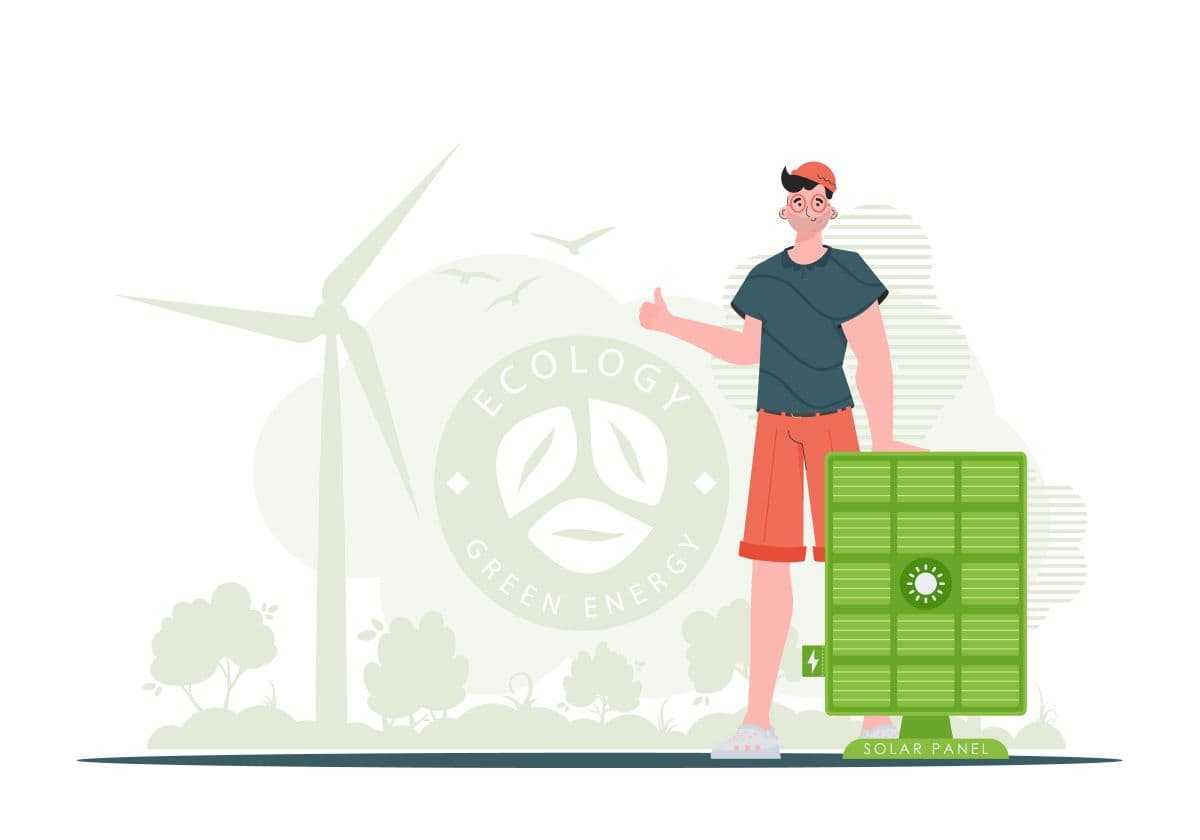Websites may be visited by tens if not potentially hundreds of thousands of people daily. Given what we know of servers and data centres, how can running one of the biggest websites ever be environmentally friendly?
Not all sites claim to be organic or green. However, there will be those who insist that they do everything possible to make their websites environmentally friendly, and today, we’re going to look at some of the key ways in which they attempt to do that. We spoke to industry insiders to get a better idea of what goes on behind the scenes on these websites and how their attempts to go green are going.
Energy-Efficient Server Infrastructure
Many of the newer websites to go live are starting to focus on more energy-efficient server infrastructure for their online platforms. Many opt to run several services from the same dedicated facilities and servers, even if those businesses offer different features, promos and games. Many of these data centres are gradually backed and powered by renewable energy sources to boot.
Contribution to Carbon Offset Programs
While not as common as in other industries, website owners and businesses are starting to contribute to carbon offset programs. It is a change that is slow, but it is happening. Forward-thinking brands and companies engaging in carbon-neutral hosting can offset their emissions (to a degree) by investing in renewable energy or by purchasing carbon credits. More eco-conscious sites may also engage in reforestation projects and invest in renewable energy projects themselves, neither of which is out of the realm of possibility for the larger, wealthier brands.
Optimised Green Web Design
While often overlooked, businesses can (and many are) choose to feature an optimised design. This so-called green web design has benefits for the environment and can still lead to organic growth for a brand’s profits. For instance, rapid navigation on sites that feature fewer images, have a minimalist design and do away with unnecessary scripts ensure that there is less demand on servers. Opting to accept payments from green methods also allows for a reduced carbon footprint.
Even Online Casinos Are Going Green Behind the Scenes
Even some of the most unlikely sites are now turning towards green options. Visiting a land-based casino would see you fly or drive (consuming fuel), stay in hotels and play on casino floors that guzzle electricity, much of which is often generated from non-green solutions. Clearly, many land-based casinos can’t claim to be organic or green. What about online casinos, though?
Not all environmental work can be seen. As we’ve touched on above, many of these changes are happening (slowly) behind the scenes. However, there’s more going on, too. Many casino operators have reduced their physical footprint in recent years. By opting to support remote working (such as live chat team members working from home), reducing physical waste in offices and promoting workplace sustainability, some gambling offices and headquarters are attempting to go green.
In recent years, we’ve seen some casino brands opt to produce live casino games at already existing brick-and-mortar casinos rather than opening live studios themselves, and this, coupled with reducing plastic waste and adopting digital workflows to remove paper consumption, does play a part, no matter how small, in promoting greener gambling companies.
Cryptocurrencies Don’t Help – Mostly
Some people seriously do believe that it is possible for cryptocurrencies to be the future without damaging the environment. However, that argument is still being had. The environmental cost of mining cryptocurrencies isn’t great right now. While some businesses have pivoted to cryptos, it is possible for them to opt for so-called green cryptos, such as Chia and Cardano. Indeed, Cardano is rapidly gaining ground as a popular green crypto at merchants, largely thanks to its energy-efficient PoS (proof-of-stake) consensus mechanism. It’s far more energy-efficient than Bitcoin, with the entire network using just 6 GWh of power.
Is Any of This Being Done?
In a word – yes. Admittedly, the process is slow, but change is happening, specifically when it comes to reducing their carbon footprint in terms of emissions. Cutting emissions by lowering demand on data centres and reducing overheads (and pollution) by supporting remote working see operators doing their small bit for the environment, and they save on expenses. It is happening, but, of course, we’d like to see it magnified with many larger brands and websites getting involved. In short, we’d like these moves to be the norm for all operators.
Information about energy efficiency, carbon credits, and other eco-friendly aspects of operators is generally widely available online, too. This allows eco-conscious players to peruse brands from streaming sites to casinos and choose those that they believe are attempting to do their part, just as we all should.
